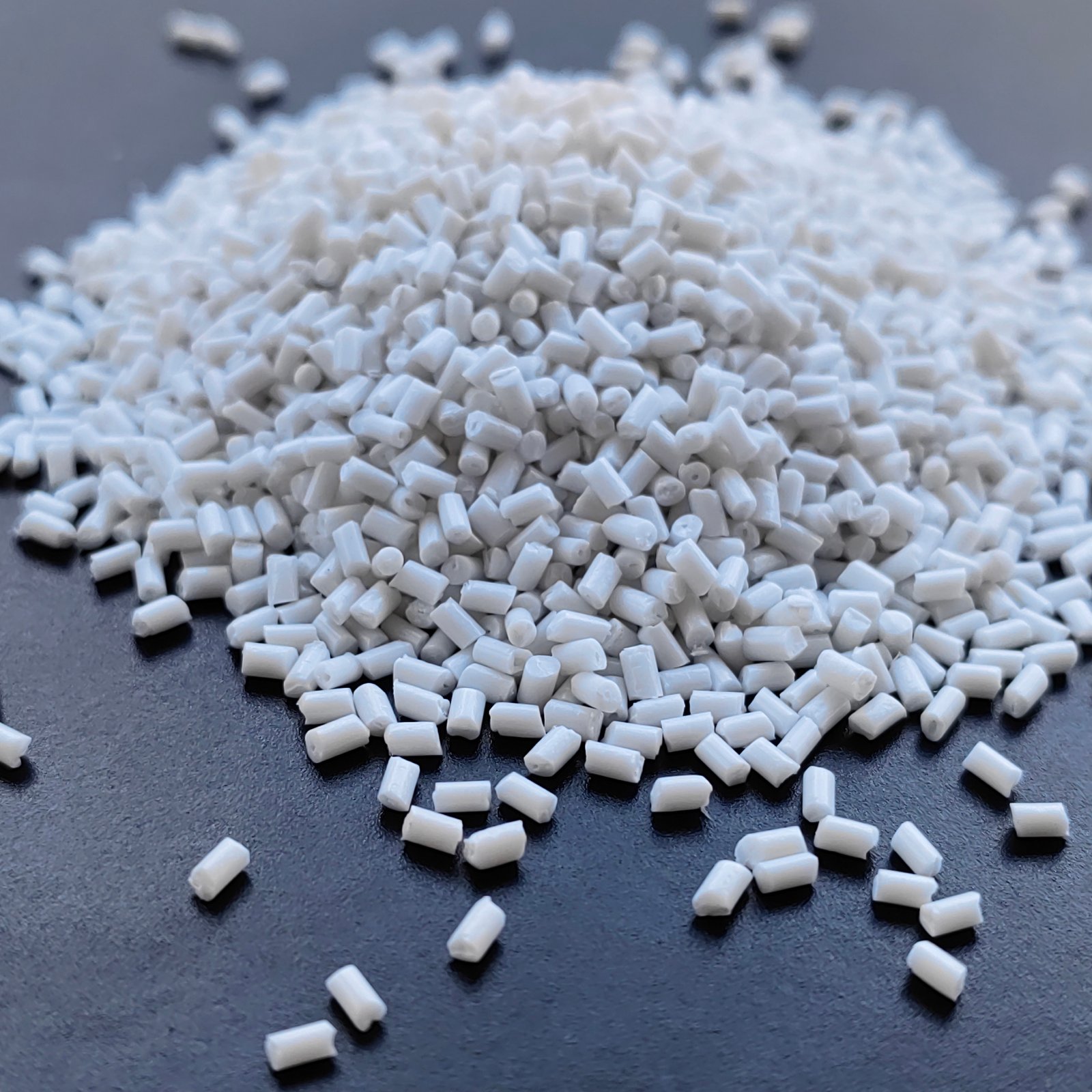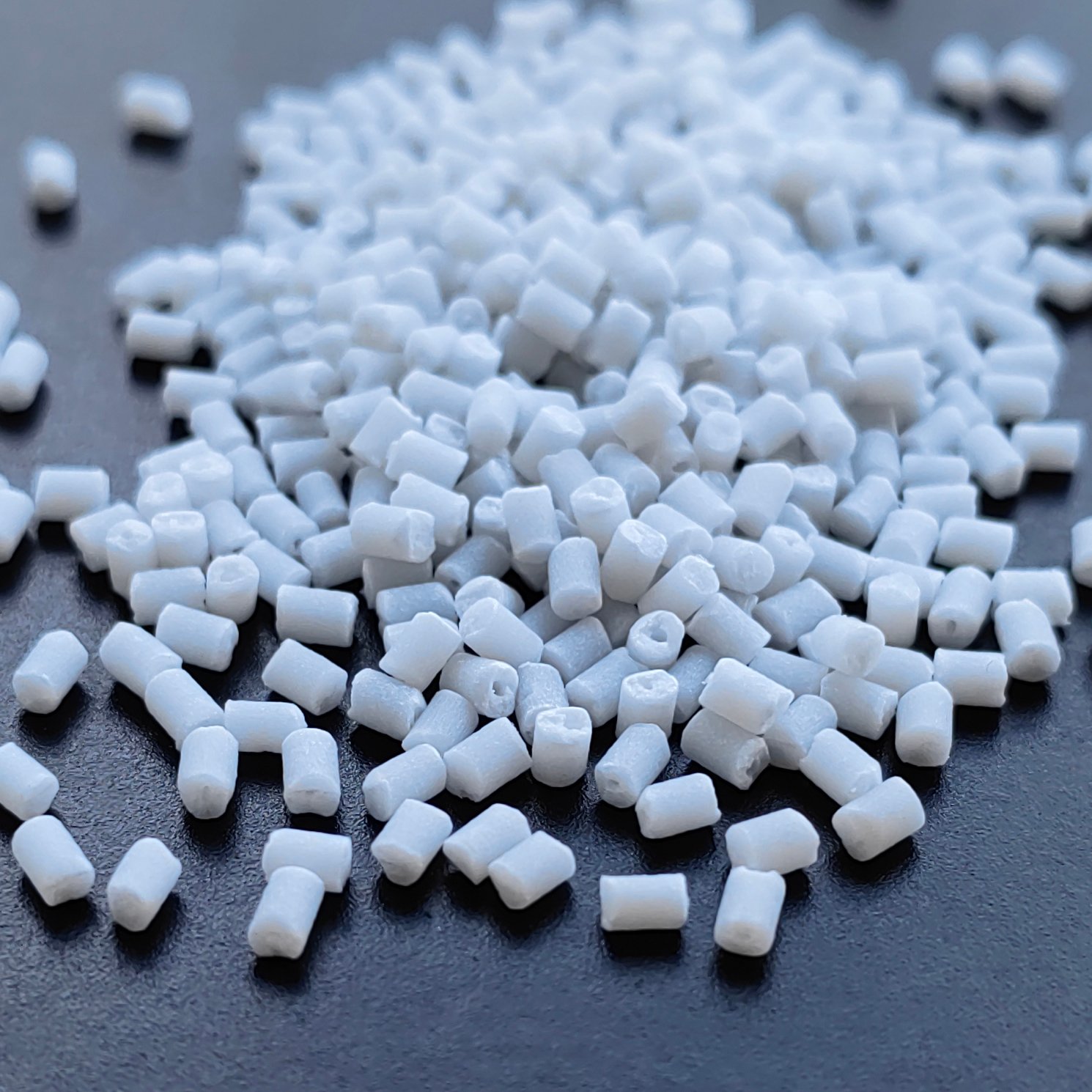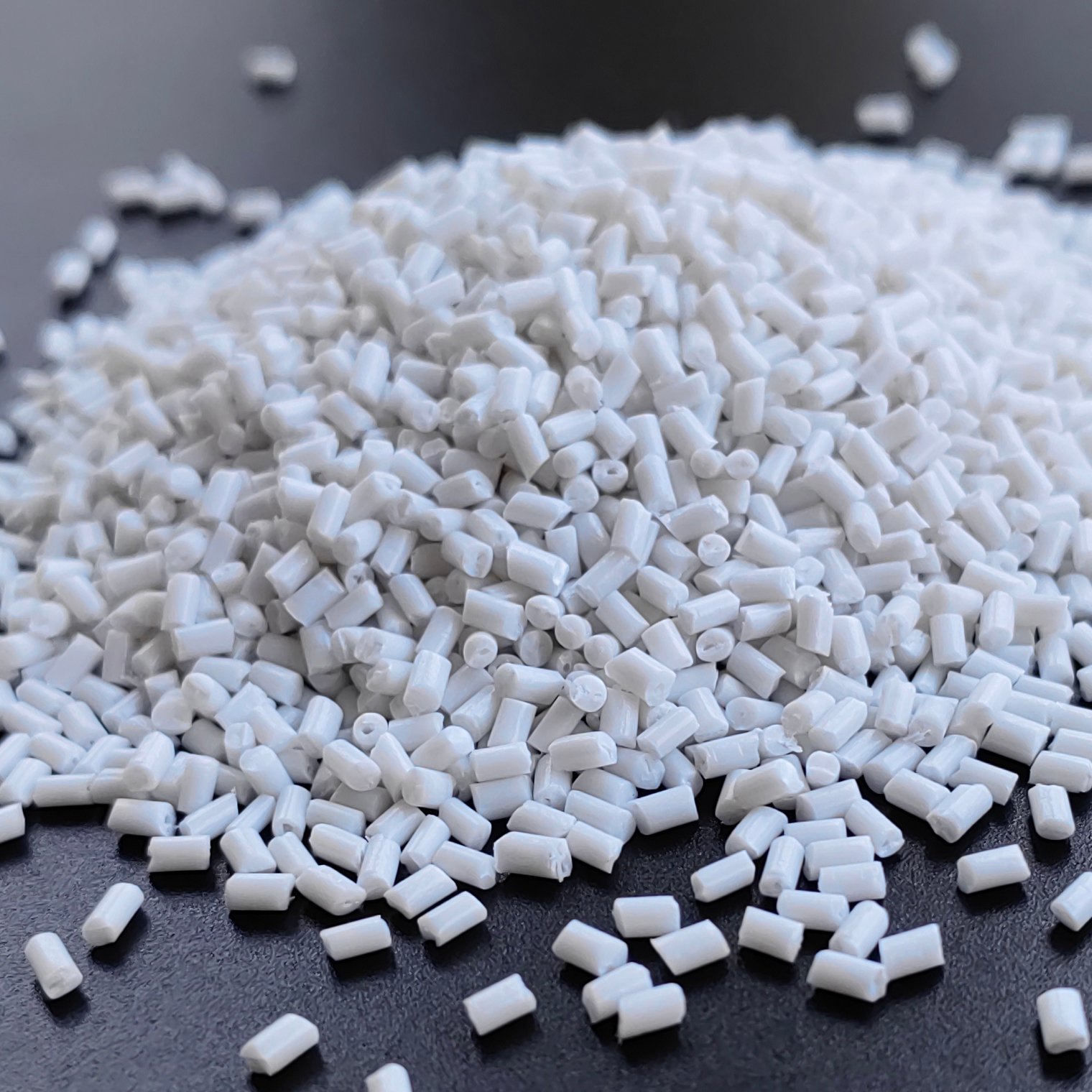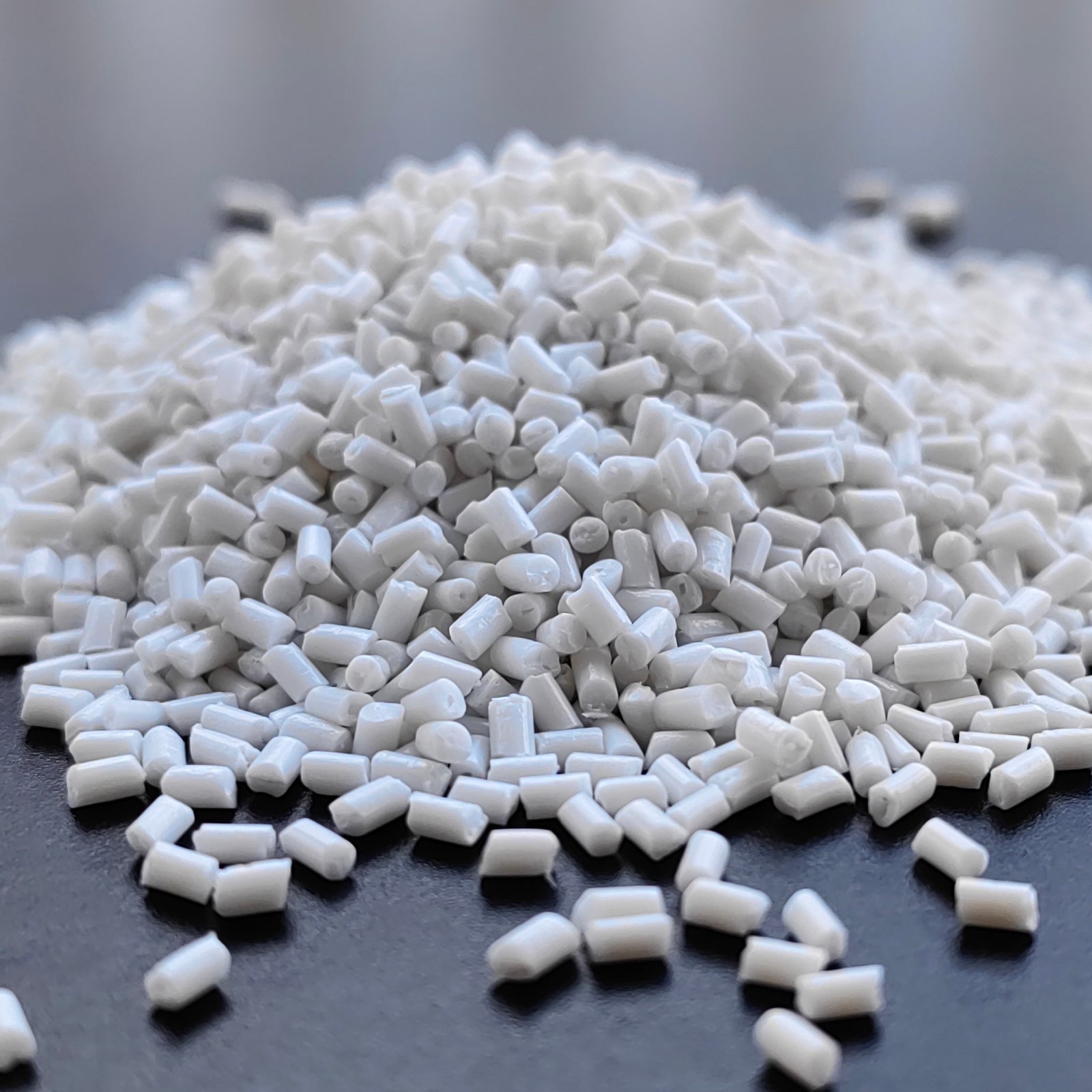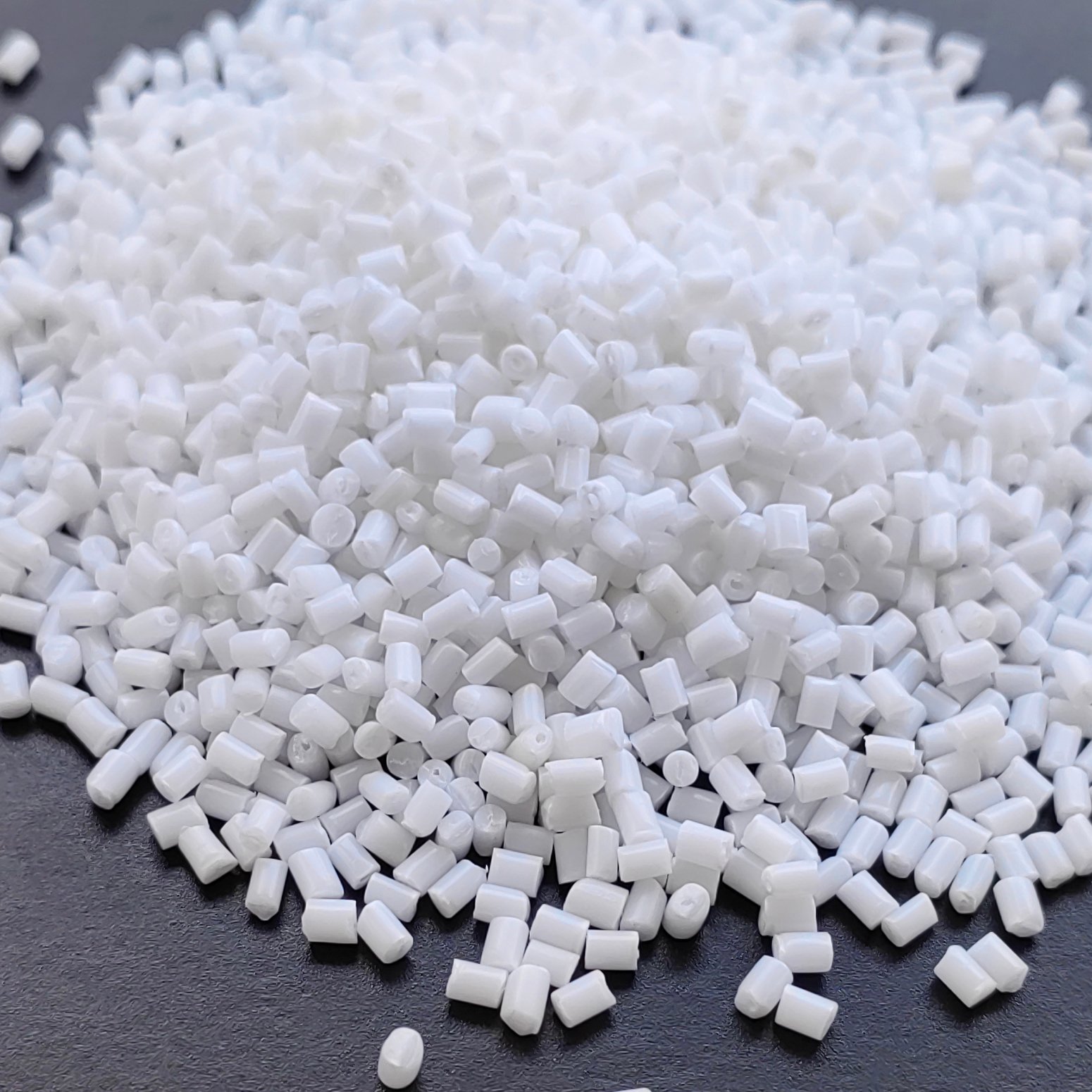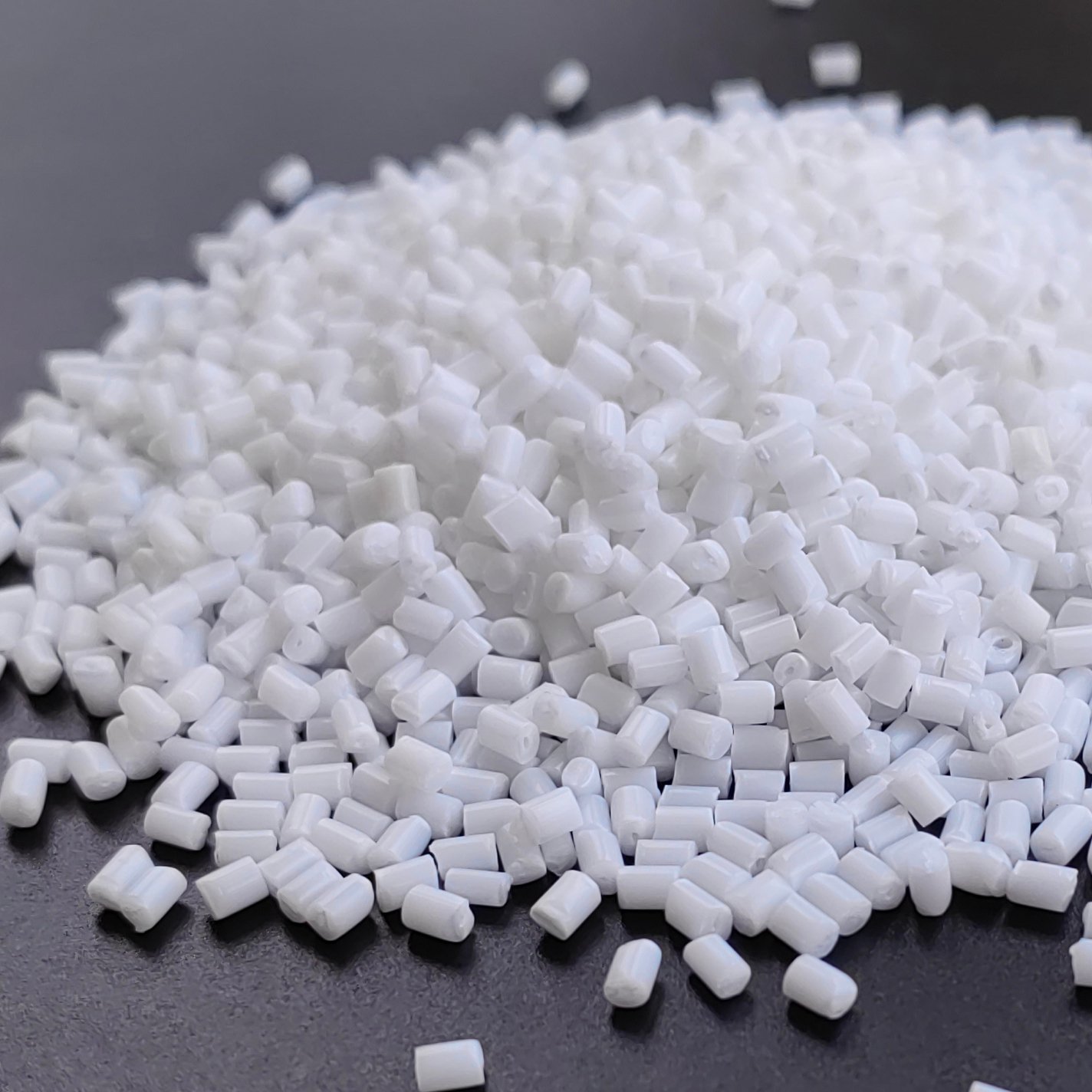PRODUCTS


Introduction of High Impact Strength POM N2640 Z6 AT Granules
Product Struction
What are POM N2640 Z6 AT Granules?
POM N2640 Z6 AT is a granular plastic material that is widely used in industrial production. Using the injection molding process, the POM granules can be efficiently formed into various product shapes, making it suitable for large-scale production.
From the perspective of material properties, it is classified as an impact-modified and injection-molding grade material. Its properties are notable for their high impact resistance and impact enhancement capabilities, although it has relatively low rigidity. This means that it demonstrates good toughness when subjected to impact forces, is not easily broken, and can be used in applications requiring high impact strength.
In terms of applications, it is found in many industries. In the automotive sector, due to its characteristics, it can be used to manufacture parts that require toughness. In daily life, it is commonly found in fasteners, toys, buckles, and other products. These applications fully leverage its high impact resistance and ease of molding.
It is worth mentioning that polyformaldehyde itself has small water absorption, good dimensional stability, and can be used for a long time in a wide temperature range of -40 ° C ~ 100 ° C. AT the same time, it also has high thermal strength, bending strength and fatigue resistance, which makes POM N2640 Z6 AT granules an ideal choice for the production of many plastic products, providing a reliable material support for the manufacture of products in various industries.
POM N2640 Z6 AT Granules Datasheet
| Mechanical behavior | Standard | Value | Unit | |||
| Elongation | ISO 527 | 17 | % | |||
| Elongation | ISO 527 | 50 | % | |||
| Tensile Strength | ISO 527 | 37 | MPa | |||
| Tensile Modulus | ISO 527 | 1400 | MPa | |||
| Charpy Un-notch Impact | ISO 179 | NB | kJ/m² | |||
| Charpy Un-notch Impact | ISO 179 | NB | kJ/m² | |||
| Charpy Notch Impact | ISO 179 | 9 | kJ/m² | |||
| Charpy Notch Impact | ISO 179 | 18 | kJ/m² | |||
| Thermal | Standard | Value | Unit | |||
| HDT | ISO 75 | 70 | °C | |||
| Melting Temperature | ISO 3146 | 165 | °C | |||
| CLE | 1.4E-4 | cm/cm/°C | ||||
| Physical property | Standard | Value | Unit | |||
| Water Absorption | ISO 62 | 0.30 | % | |||
| Water Absorption | ISO 62 | 1.1 | % | |||
| Shrinkage | ISO 294 | 1.5 | % | |||
| Shrinkage | ISO 294 | 1.5 | % | |||
| Density | ISO 1183 | 1.33 | g/cm³ | |||
| Melt Index | ISO 1133 | 4.5 | cm³/10min | |||
| Electrical properties | Standard | Value | Unit | |||
| CTI | IEC 60112 | 600 | V | |||
| Dielectric Constant | IEC 60250 | 4.3 | ||||
| Volume Resistivity | IEC 60093 | 1E9 | Ω.m | |||
| Dielectric Strength | IEC 60243 | 85 | KV/mm | |||
| Dissipation Factor | IEC 60250 | 0.025 | ||||
| Surface Resistivity | IEC 60093 | 1E12 | Ω | |||
Click here to download TDS for POM N2640 Z6 AT
POM N2640 Z6 AT Granules Appearance
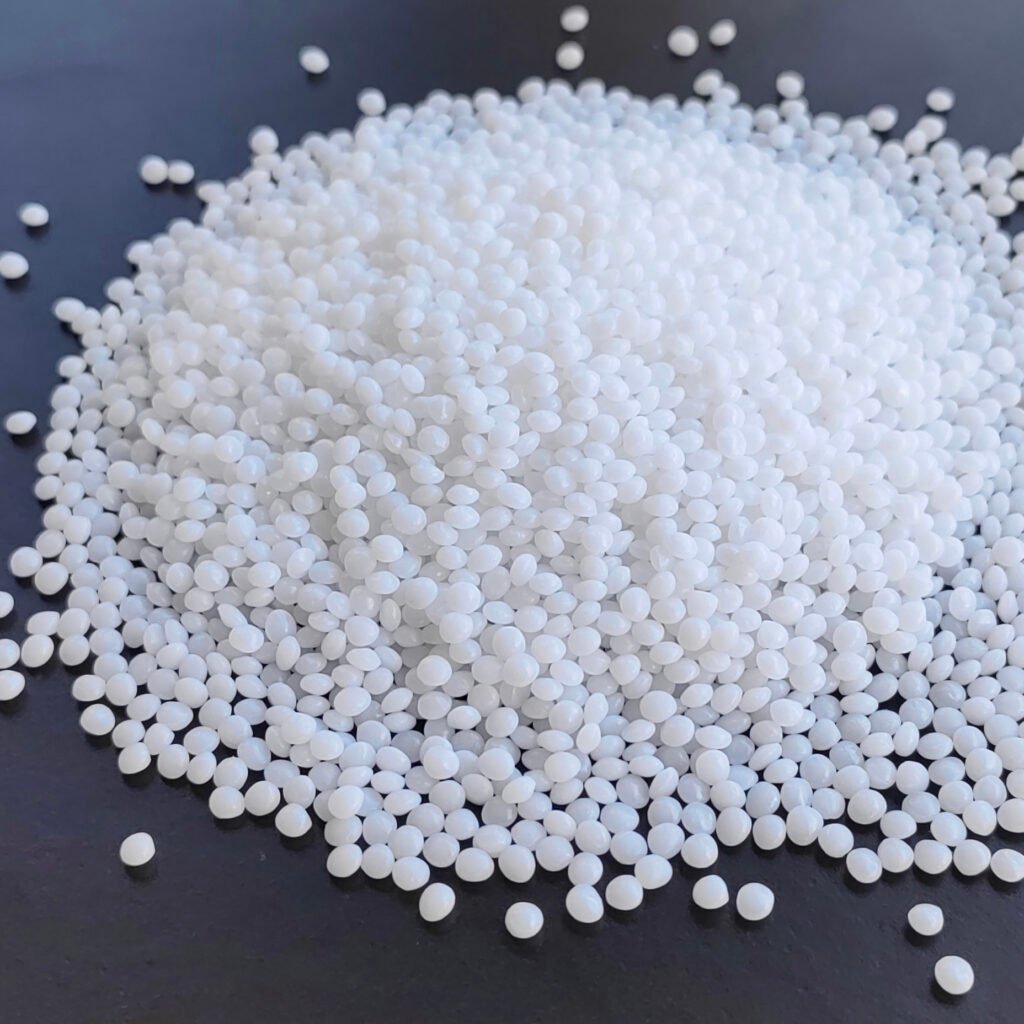
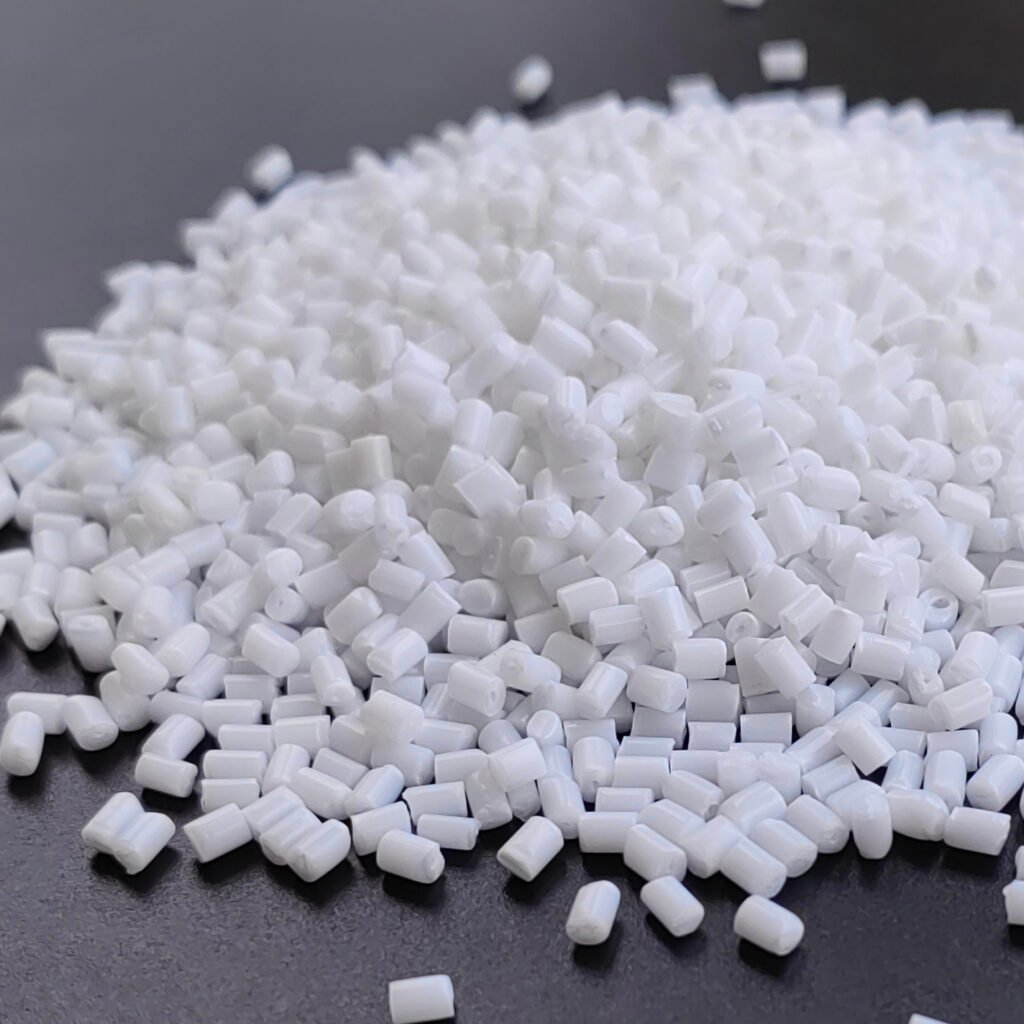
【Related Recommendations】
POM W2320 0035: Low-VOC Acetal Copolymer for Complex Injection Molding Learn more>
POM FM025E: High-Viscosity Acetal for Durable Precision Components Learn more>
POM H4320 AT: High Molecular Weight Acetal Copolymer for Thick-Wall Extrusion Learn more>


